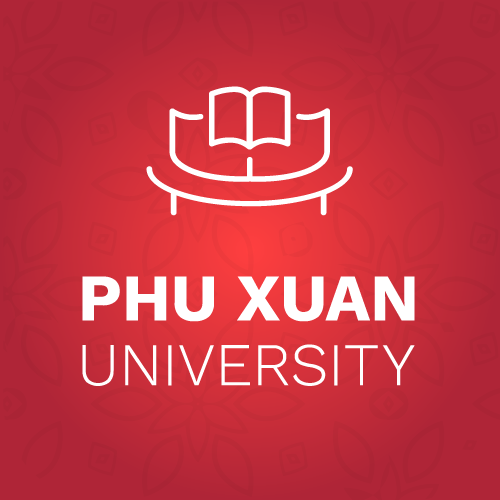1. Organizational Structure and Personnel
1.1. Optimizing Organizational Structure and Personnel
– Clearly define the positions and authorities of the directing and managing bodies of the University in accordance with the regulations on organization and operation, including the Investor, the University Council, the Board of Directors, and affiliated units.
– Revamp the Executive Board, leadership of Departments, Faculties, and affiliated units in a gradual process of rejuvenation.
– Reorganize the organizational structure in a streamlined and effective manner, aligning with assigned functions and responsibilities.
– Develop and enhance the core faculty team in accordance with the training scale, striving to increase the proportion of faculty with doctoral qualifications. Improve the language proficiency of all faculty members, especially young lecturers. Core faculty members must meet the prescribed standards.
1.2. Improve the quality of life for the faculty through the creation of high-income positions and the enhancement of working environments. Periodically, approximately every 1 to 3 years, the institution will review and adjust the salary levels for officers, lecturers, and staff; modify the remuneration rates for lecturers to increase income for the workforce (depending on the actual situation).
1.3. Establish standards of conduct to promote consensus and sustainable development of the institution's culture:
– Accountability to oneself and the community.
– Continuous learning, seeking knowledge, and dedicating oneself to collective development.
– Respect and promotion of innovation.
– Equality, democracy, and respect for diversity.
– Sharing, collaboration, professional action, and mutual development.
2. Enhancing Educational Quality
– Improve the quality of training programs in all fields to align with the learners' needs and societal demands. Expand collaboration with businesses to provide opportunities for practical application, hands-on experience, and internships for students.
– Upgrade the quality of teaching materials and curriculum to enhance formal instruction and strengthen students' self-learning and research abilities.
– Enhance the quality of the exam bank. Rigorously organize examinations to accurately assess students' academic proficiency. Implement effective management of exam results and students' academic performance.
– Ensure educational quality in accordance with the Ministry of Education and Training's Circular No. 12/2017.
3. Research and Technology Transfer
– Boost the capacity of the staff and faculty, encouraging and motivating active engagement in scientific research to elevate the quality of education.
– Seize opportunities with projects from organizations both within and outside the country to enhance scientific research and technology transfer.
– Assign research topics and allocate annual hours for scientific research for faculty.
– Allocate a reasonable budget for scientific research to incentivize faculty to register projects that contribute to improving the quality of education at the university.
– Establish mechanisms and policies to encourage students to engage in scientific research, providing support for student startups and innovative initiatives.
4. Financial and Infrastructure Aspects
4.1. Financial Aspects
– Propose solutions to increase revenue for the university. Review income and expenditure items in line with the university's internal expenditure regulations.
– Develop mechanisms for service centers generating revenue for the university to operate efficiently, contributing additional funds, covering all costs, and making a contribution to the university.
– Review expenditure standards with a reasonable and economical spirit; assign specific expenditures to the relevant units where possible.
4.2. Infrastructure
– Ensure the stable use, investment, and efficient utilization of the three university campuses.
– Invest in laboratories and practical facilities serving academic and scientific research, especially meeting the practical needs of technology and tourism fields.
– Implement the construction of student dormitories, practice areas, internships, and functional areas according to the appropriate scale to serve teaching and practical work for students and faculty.
– Develop an electronic library in conjunction with a traditional library that meets standards and is modern.
– Establish practical models, practical enterprise environments, and virtual markets for teachers and students to intern, enhancing their professional skills to improve the quality of education in response to the demand for innovative teaching and learning methods.



